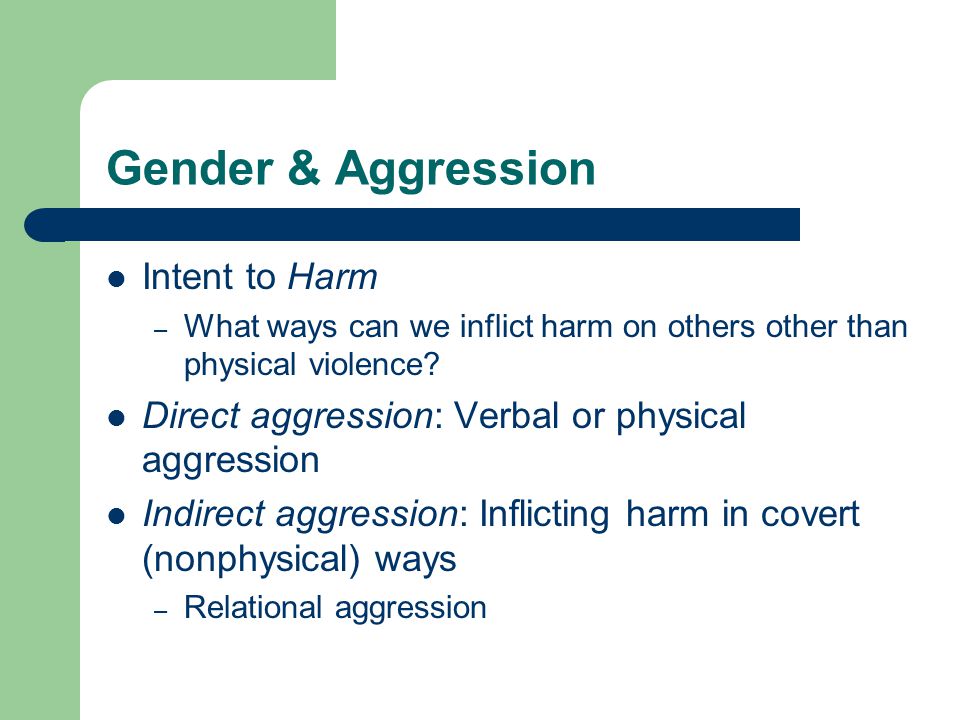

I’m not saying you can eliminate this behavior. On the future of aggression in girls, Simmons said, “Aggression is universal. I just believe in allowing them to deal with their anger in appropriate ways,” Simmons said. “I envision a world that will expand their definition of what bullying and aggression mean. She said she hopes society begins to support emotional honesty in girls and public discussions on bullying. Simmons promotes “truth-telling” as a strategy for dealing with destructive patterns of behavior. “We help to perpetuate a culture in which female aggression is seen as dysfunctional.” “The type of rage that is emitted is disproportionate to the crime and goes on longer,” Simmons said. She explained raising girls differently than boys, which usually includes teaching them to shy away from conflict and anger, can cause female children to release aggression in various ways. Simmons also said society neglects victims of female aggression because it sees emotionally aggressive behavior among girls as acceptable. It’s who you know, who knows you and who’s going to back you up when you have a conflict with someone,” she said. “For girls, social power is relational power. Simmons said, according to her research, girls are more likely to hurt friends or acquaintances than boys, who are typically aggressive toward people they are unfamiliar with. The book also discusses three types of aggression girls disproportionately engage in – social aggression targeting social status and self-esteem, indirect aggression toward a person anonymously or with the pretense of not intending harm, and relational aggression using friendship as an excuse to get away with harming someone. You will find that girls’ aggression can be particularly non-disruptive and slip below the radar.” “The way that aggression has been defined has been behavior that has been disruptive of the social order. What it is rarely called is ‘aggression,'” Simmons said. “When girls are mean to each other, when they strike out against each other, the behavior is often termed a rite of passage. To conduct research, she surveyed about 100 parents, teachers and counselors, and 300 girls ages 10 to 14 from 30 schools around the country. She said she was motivated to conduct research on girls’ aggression because most other studies on aggression are limited to boys. A cultural environment that does not allow girls to acknowledge conflict creates “a hidden culture of silent and indirect aggression,” said Simmons. “Odd Girl Out” discusses the common social expectations of girls – that they must value friendships and not express anger.

The purpose of these lectures is to “bring a diverse group of leaders in different areas to appeal to different students,” said Martine Philogene, SAC coordinator for student involvement.
#IN THE COMPANY OF WOMEN INDIRECT AGGRESSION SERIES#
The Student Activities Center and New York Life Insurance Company co-sponsored the event, which was the third in a series of leadership events throughout the year. She spoke to about 50 students, faculty and community members in the Marvin Center Ampitheatre as a part of the National Leadership Series. Simmons, who has appeared on “The Oprah Winfrey Show,” “Today,” “Dateline NBC,” NPR’s “Diane Rehm Show” and “Talk of the Nation,” regularly lectures to girls, parents and teachers around the country about female aggression and its implications for girls’ and women’s lives. Rachel Simmons, author of New York Times bestseller “Odd Girl Out: The Hidden Culture of Aggression in Girls,” discussed personal experiences with female aggression as well as her research for the book on Monday night.


 0 kommentar(er)
0 kommentar(er)
